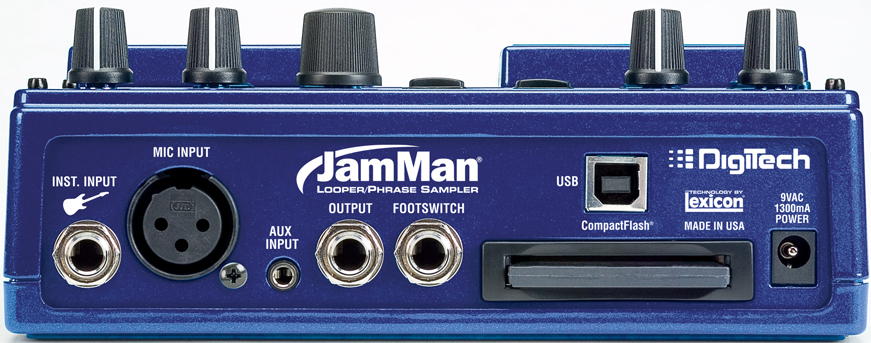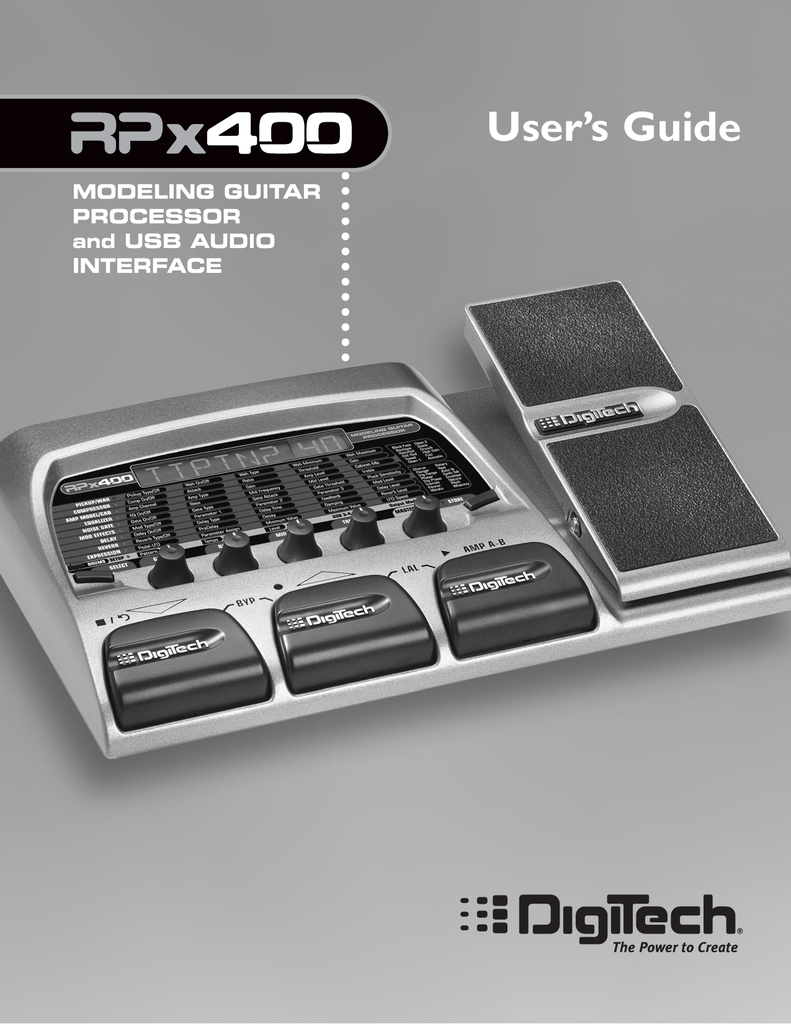

- #DIGITECH RPX400 DELAY 20 SECOND PHRASE LOOP PATCH#
- #DIGITECH RPX400 DELAY 20 SECOND PHRASE LOOP SOFTWARE#
(The Digitech JamMan Stereo, to be exact.) So add in any additional factors that matter to you. I haven’t figured the looper on the 360XP or the 500 in to the equation, because I use an external looper in my chain that’s more capable than the looper in either box. I’ve left out factors that might matter a lot to some people.


They might, but they very well might not, too.Ħ) Finally, the RP360XP runs on both Euro and US-standard wall power–220 volts or 110 volts.
#DIGITECH RPX400 DELAY 20 SECOND PHRASE LOOP SOFTWARE#
Digitech’s history where its software support for the RPs is concerned is pretty discouraging in this regard, and I wouldn’t count on them to fix Nexus anytime soon.

#DIGITECH RPX400 DELAY 20 SECOND PHRASE LOOP PATCH#
The RP500’s on-off switches dedicated to compression, distortion, FX, delay, and reverb cover most of the really dramatic facets of the sound, are easier to learn (because they’re the same for every patch), and don’t have to be programmed patch by patch, which saves a lot of time when you’re setting the device up for performance.ģ) The RP360XP is lighter and smaller than the 500, so just a little easier to haul around–not enough to make it my preferred device for any occasion, but enough to make it a consideration when size and weight are very important.Ĥ) Price used to be a differentiator, but the prices of both new and used RP500s are now the same as the RP360XP ($200 and $150 respectively.)ĥ) If you intend to do a lot of sound design, the 500 wins hands down, because its software (Xedit) is far, far superior to the crippled excuse for a patch editor that Digitech has supplied with Nexus. Whether edited via the front panel or Nexus, stomp mode footswitch settings can be made only on a patch-by-patch basis. However, let it be known that editing the RP360 must at this point be done mostly from its front panel Digitech’s Nexus software is a very poor option for editing the device’s setup, adding time and pointless repetition to the task instead of making it easier. In my side-by-side tests of the RP500 and the RP360 running the same patch setups, the differences in sound are very slight, often unnoticeable, and in my opinion not enough to force the decision one way or the other.Ģ) If you don’t change sounds frequently in the middle of a song, are willing to spend (plenty of) time programming footswitches patch by patch for the 360’s “stomp” (stompbox) mode, or are happy to mainly use the expression pedal to change a particular aspect of your sound in performance, such as the speed of a rotary speaker effect, the RP360 will work well for you. There’s even a dedicated button for turning the amp and cabinet modeling on and off. There are dedicated footswitches for tap tempo for your delay, for compression/FX/delay/reverb on and off, etc., all of them very useful when you’re on stage and want to create a dramatic moment or two. It sounds very good, it’s larger than the RP360 but not too large for a shoulder bag, and its dedicated footswitches make it very, very easy to manage lots of changes to your tone in performance. I used the RP500 with an Audix Fireball V to record every harp part on my record “The Lucky One”–check out the sounds!ġ) If you intend to change sounds in performance–or to add and remove elements of a sound, such as distortion or a modulation effect–frequently, I strongly recommend the RP500 over the 360. I’m glad to say that we offer terrific patch setups for both devices. One thing you don’t need to worry about with either device is whether my patches are available for it. So here are a half dozen things I think about when I’m choosing between a Digitech RP360XP and an RP500. I published most of this post in a response to a question posted in the comments here.I figured that it was worth publishing as a post in its own right.


 0 kommentar(er)
0 kommentar(er)
